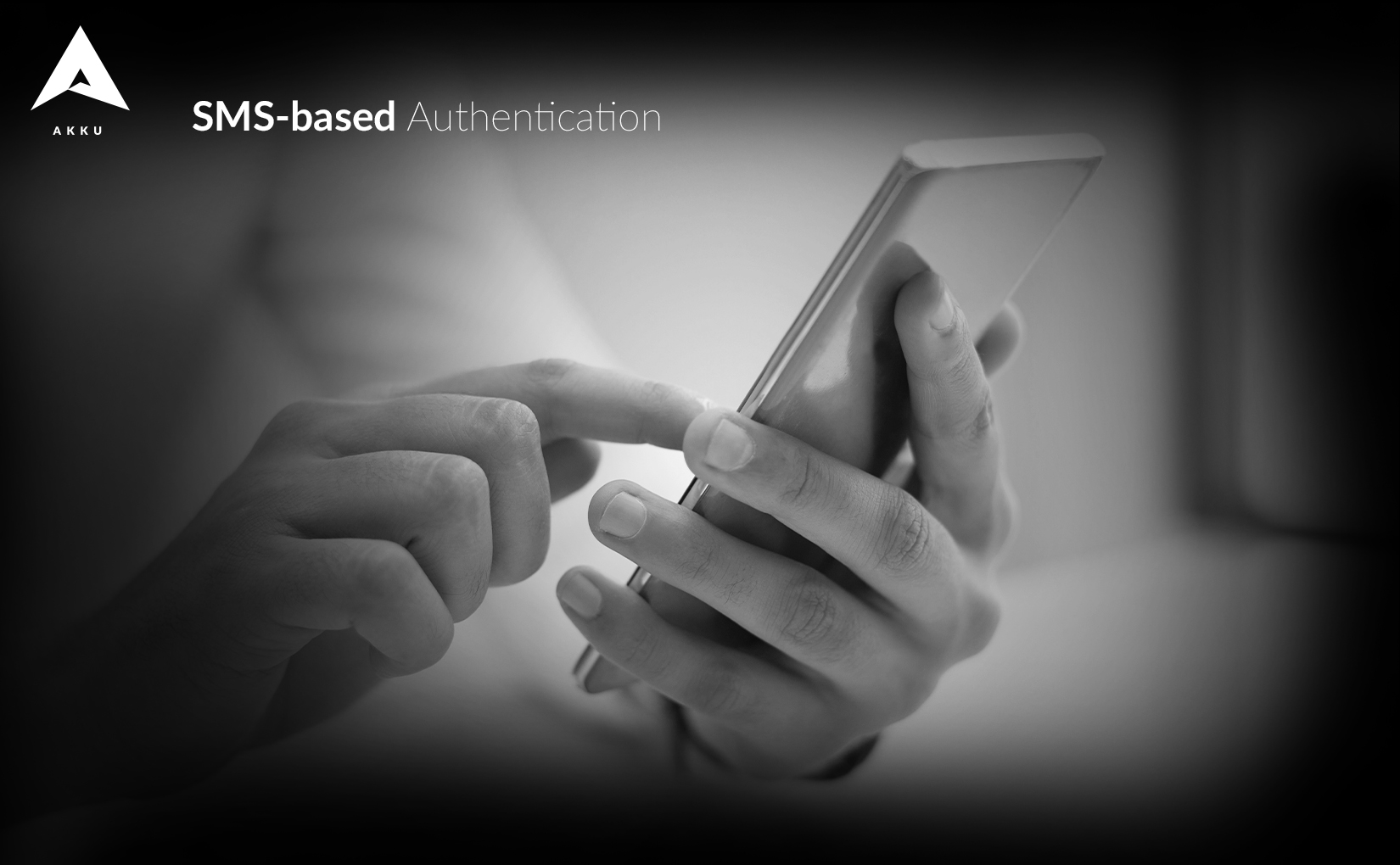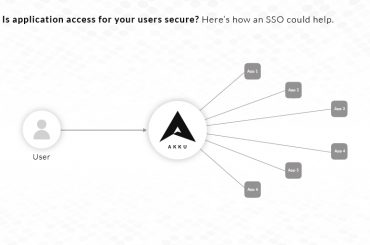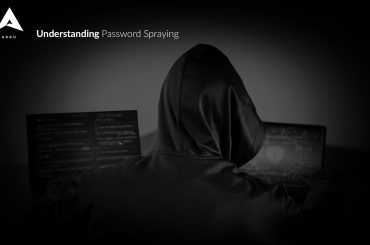As mobile phones became more sophisticated, their usage shifted from being communication oriented to application oriented. But phone numbers were never intended to be used as secure identifiers – their purpose is to simply act as subscriber identifiers during call routing. When applications use phone numbers in their login processes, it can give attackers and hackers an advantage.
Here are a few ways in which your OTP can be intercepted by hackers:
- Man in the Middle attack
This is a type of eavesdropping attack in which a hacker places himself as a proxy or relay between the OTP sender and receiver. For the sender and receiver, the communication will seem like it is happening only between those two, whereas it is actually passing through an impersonator. Black hat hackers often hack into financial websites and place high-level codes which will allow them to intercept messages between banks and users, making it convenient for him/her to access an account.
- Malware attack
Ready-to-download malware which can easily hack into a user’s mobile devices are available online. In addition to grabbing your SMS content, these can also access other areas of your phone like your gallery and directory to extract more personal information. In fact, a few of these malware are disguised as mobile applications like fitness trackers, timers, alarm clocks, etc.
- SIM cloning attack
Investigative agencies use SIM cloning attacks to monitor and track suspects. However, SIM cloning modules are easy to find and purchase by anyone if they look hard enough. Using this, a user is cut off from his/her mobile network and calls and messages are redirected to the new SIM in the attacker’s phone. To carry out a SIM cloning attack, the SIM being cloned has to be of the GSM type.
- SMS-C hack attack
All messages are required to pass to SMS-C servers placed in a mobile service provider’s network. Only after being processed by the SMS-C servers is the message transmitted to a mobile phone. If hackers manage to hack SMS-C servers, they can very easily gain access to all the messages entering and exiting the network. SMS-C servers are often protected by high-end security solutions which are hard to break through. However, it is not impossible.
- Brute force attack
In brute force attacks, any and all combinations of numbers are tried to get the right OTP. If the number of entries is limited, brute force attacks can become ineffective in gaining access to an account, simply due to the number of combinations available. It also helps if the OTP is 6 digits instead of 4 digits as the combinations required to successfully execute a brute force attack increases by a factor of 100. Due to such a poor success rate, brute force attacks are not preferred by hackers.
For organizations, there is no reliable way of finding if your employees’ numbers have been compromised. To ensure that your network is secure, we suggest looking for a less-risky option for authenticating your users. You could go for an improved multi-factor authentication method like using the biometrics of a person to verify his/her identity. While there are more sophisticated attacks which can hack a biometric authentication system, it would be almost impossible to recreate a person’s thumbprint or retina blood pattern.
With Akku from CloudNow Technologies, you can easily create a fool-proof identity and access management system by integrating multi-factor authentication using biometric scanners in your login process. To make a significant improvement to your network security by enforcing biometric multi-factor authentication, get in touch with us now.





